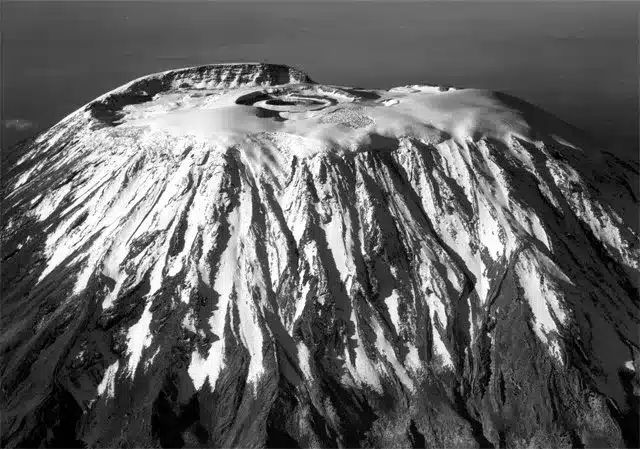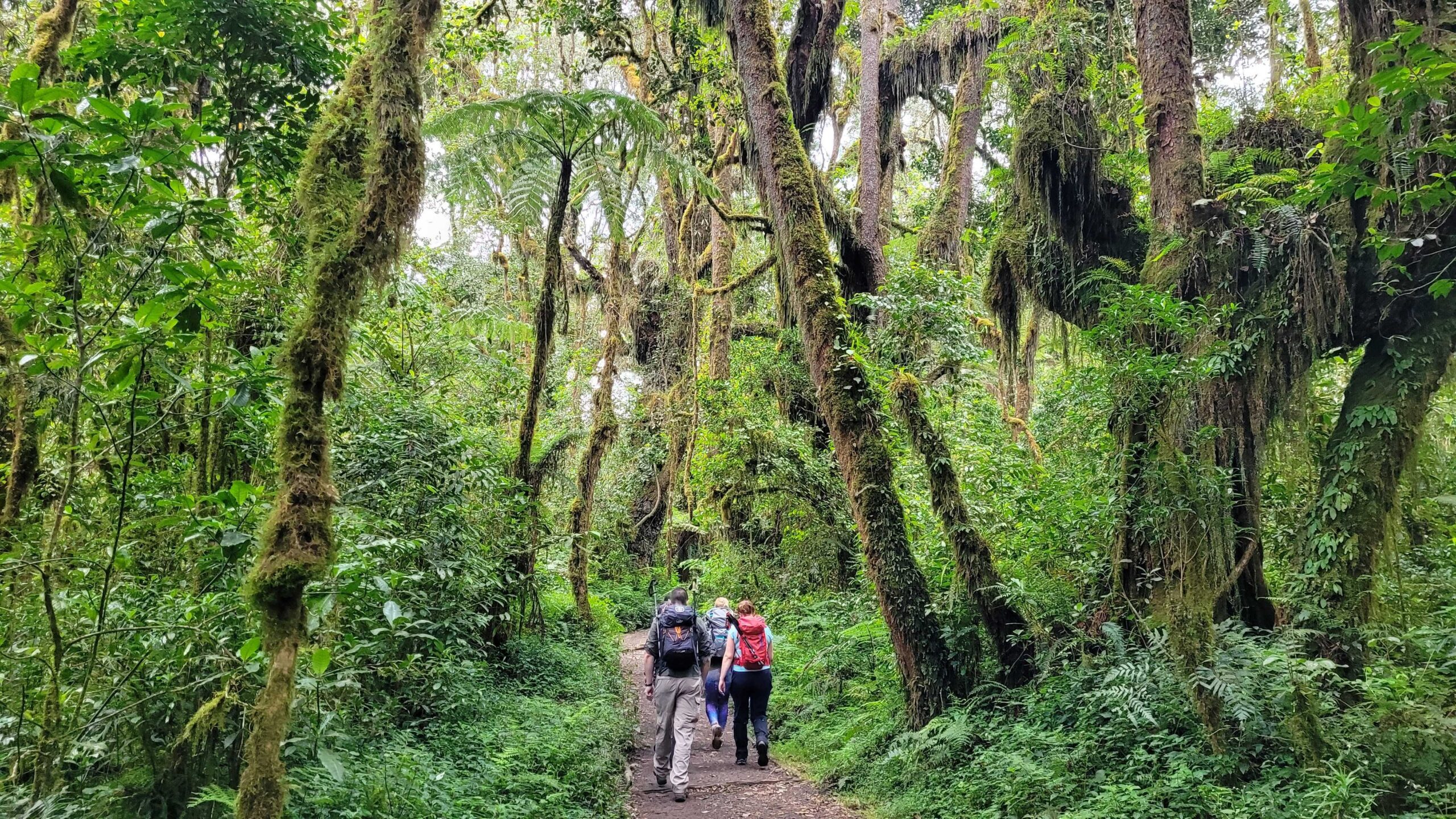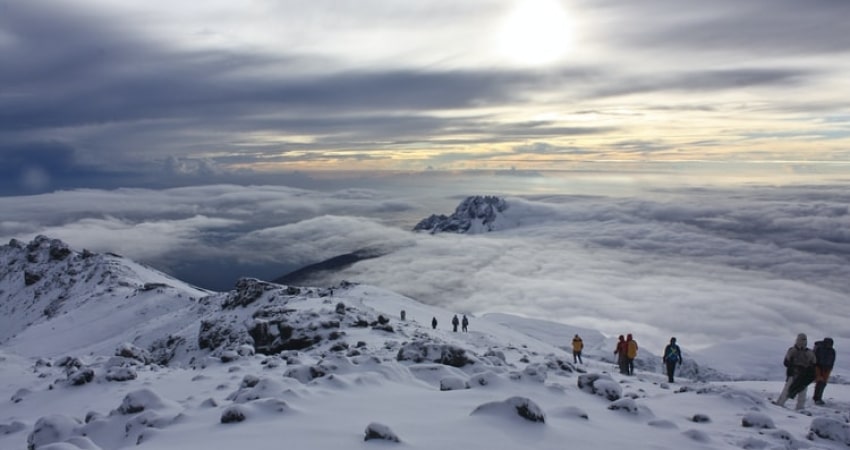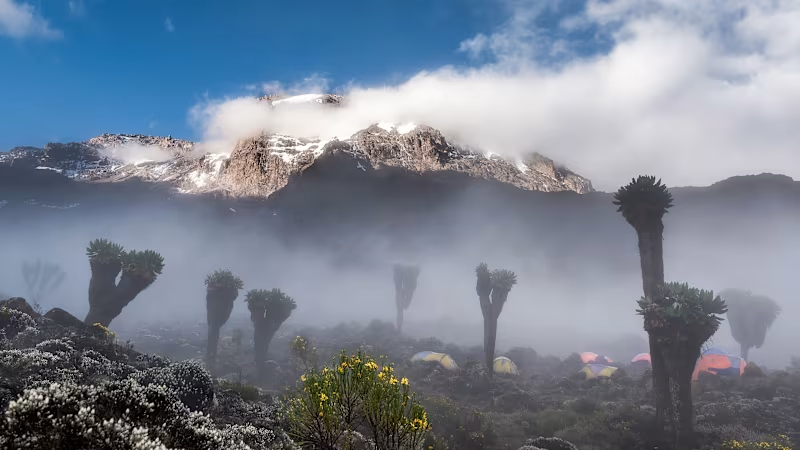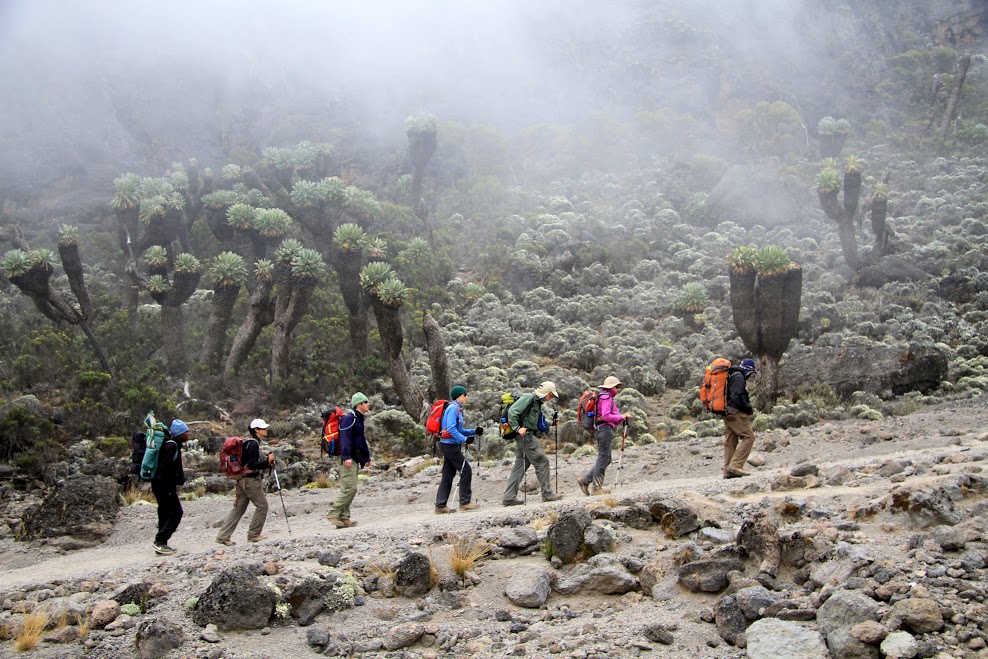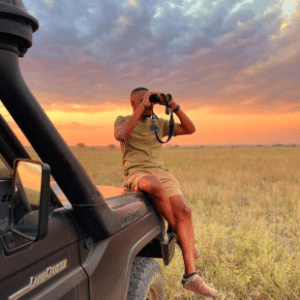10 Fascinating Facts About Mount Kilimanjaro You Didn’t Know
Discover 10 fascinating facts about Mount Kilimanjaro, the tallest mountain in Africa. Learn about its unique geography, history, climate, and why it’s one of the most iconic treks in the world.
Situated majestically in Tanzania’s Kilimanjaro Region, Mount Kilimanjaro is more than just Africa’s highest peak—it’s a marvel of geology, climate, and human endurance. Rising to an elevation of 5,895 meters (19,341 feet) above sea level, Kilimanjaro is the tallest free-standing mountain in the world and one of the most popular trekking destinations on the planet.
If you’re considering climbing Mount Kilimanjaro or are simply curious about its wonders, here are 10 fascinating facts that set this dormant stratovolcano apart.
1. Mount Kilimanjaro Is the World’s Tallest Free-Standing Mountain
Unlike mountain ranges formed by tectonic plates pushing against each other, Kilimanjaro stands entirely on its own. Its massive size and isolation make it one of the most prominent peaks on Earth—ranking 4th in topographic prominence globally. From base to summit, the mountain rises approximately 4,900 meters (16,100 feet), commanding attention from hundreds of miles away.
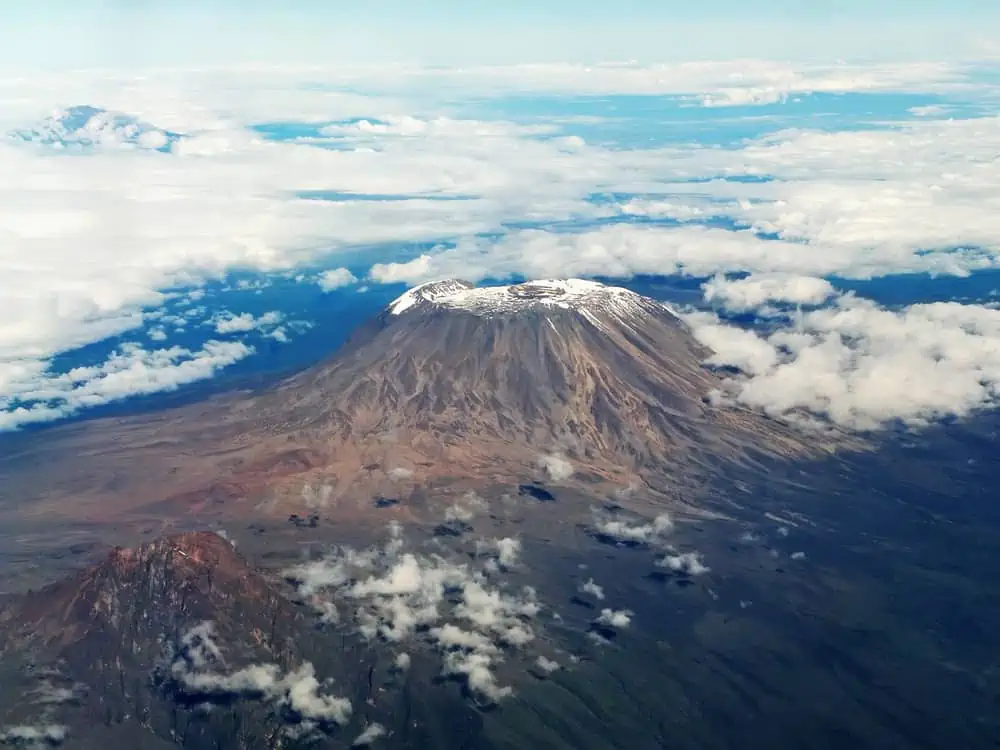
2. It’s Actually a Dormant Volcano with Three Cones
Kilimanjaro isn’t just one peak—it’s made up of three volcanic cones:
- Kibo (the highest and still dormant)
- Mawenzi
- Shira
While Mawenzi and Shira are considered extinct, Kibo still has the potential to erupt. The last major eruption occurred over 200,000 years ago, and signs of geothermal activity—like sulfur vents—still exist near the crater rim of Kibo.
3. Located Near the Equator—Yet Covered in Snow
Mount Kilimanjaro sits just 205 miles (330 kilometers) south of the equator, yet its summit is perpetually covered in ice and snow. This unique juxtaposition puzzled early European explorers, who couldn’t believe ice could exist so close to the equator.
However, due to its towering elevation, temperatures at the summit often drop below freezing—even when the base experiences tropical weather.
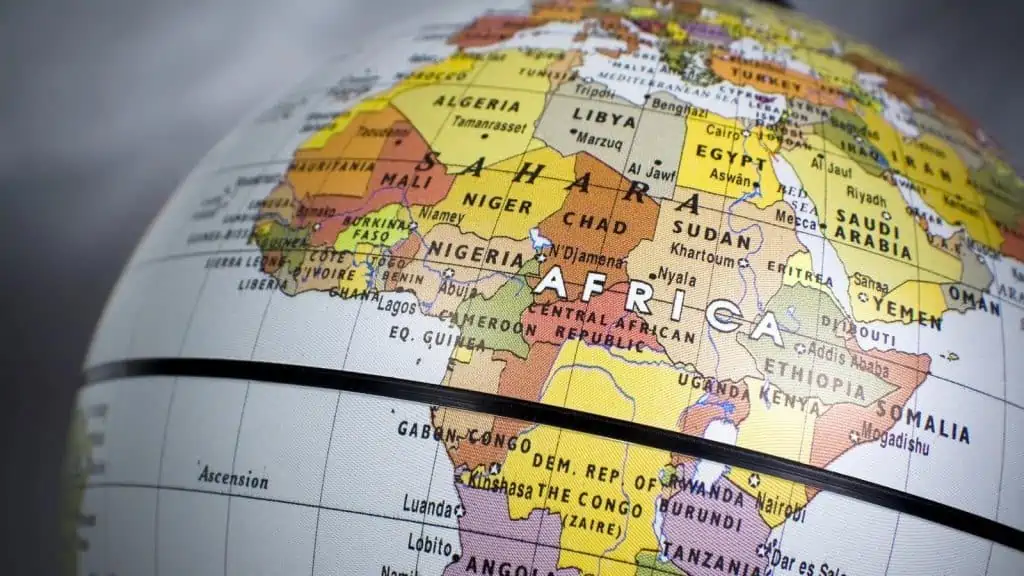
4. You Experience Five Climate Zones in One Trek
Climbing Kilimanjaro is like walking from the equator to the Arctic. Trekkers traverse five distinct ecological zones:
- Bushland/Lower Slopes
- Rainforest
- Heather and Moorland
- Alpine Desert
- Arctic Summit Zone
Each zone brings drastic changes in temperature, vegetation, and wildlife—making the journey as mentally enriching as it is physically demanding.
5. The Name “Kilimanjaro” Is Still a Mystery
Despite its fame, the origin of the name Kilimanjaro remains unclear. It may stem from a mix of Swahili and Chagga languages, possibly meaning “Mountain of Greatness” or “Shining Mountain.” Other theories suggest it refers to “we failed to climb it,” a nod to its daunting presence.
No single interpretation has been universally accepted, adding an air of mystique to this legendary peak.
6. Half of All Climbers Fail to Reach the Summit
While not a technical climb, Kilimanjaro challenges its trekkers with altitude sickness. An estimated 50% of climbers do not make it to Uhuru Peak, often due to poor acclimatization, rushed itineraries, or insufficient preparation.
To increase your summit success rate, choose longer routes (like Lemosho or Machame), train ahead of time, and climb slowly and steadily to let your body adjust.
7. People of All Ages Have Conquered It
Kilimanjaro is one of the few high-altitude summits accessible to non-professional climbers. In recent years:
- Coaltan Tanner became the youngest person to reach the summit at just 6 years old.
- Several climbers over 80 years old have also successfully reached Uhuru Peak.
While the minimum age is 10, exceptions are made for children with strong hiking experience, and age is rarely a limit when it comes to mental determination.
8. The First Ascent Was Over 130 Years Ago
The mountain was first successfully summited in 1889 by Hans Meyer, Ludwig Purtscheller, and their local guide Yohani Kinyala Lauwo. This historic expedition took several attempts and faced extreme conditions and even political imprisonment.
Today’s most popular route, the Marangu Route, largely follows the path of this first successful ascent.
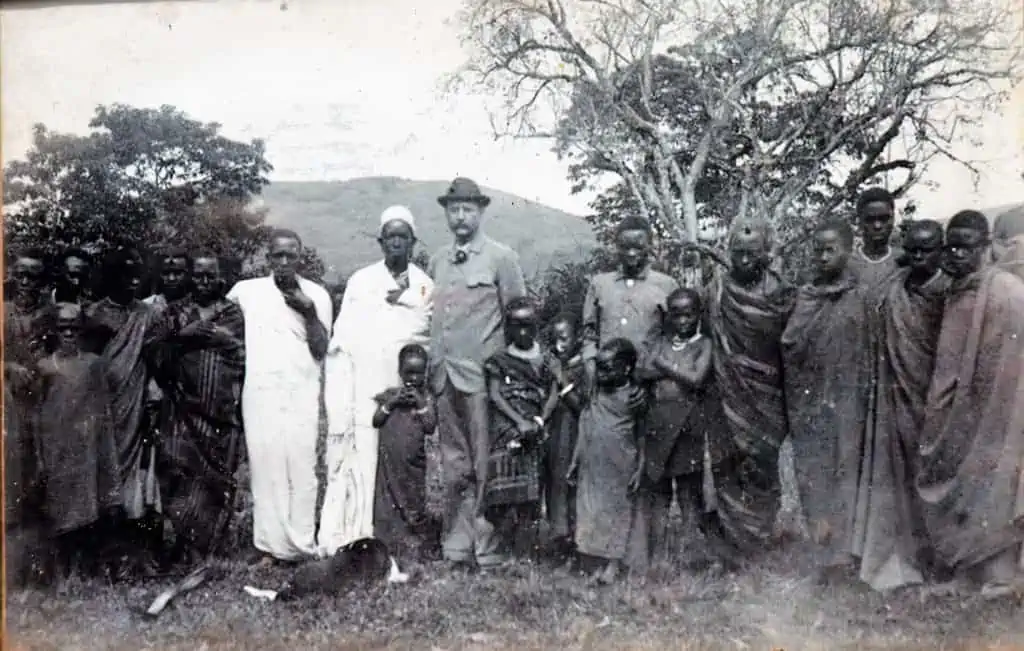
9. It’s Part of Kilimanjaro National Park, a UNESCO World Heritage Site
In 1987, UNESCO designated Kilimanjaro and its surrounding ecosystem as a
. The park protects the mountain’s fragile biodiversity and unique landscapes, from thick rainforests filled with colobus monkeys to the barren lunar-like summit.
Your trek fee contributes to conservation efforts, ensuring future generations can witness Kilimanjaro’s majesty.
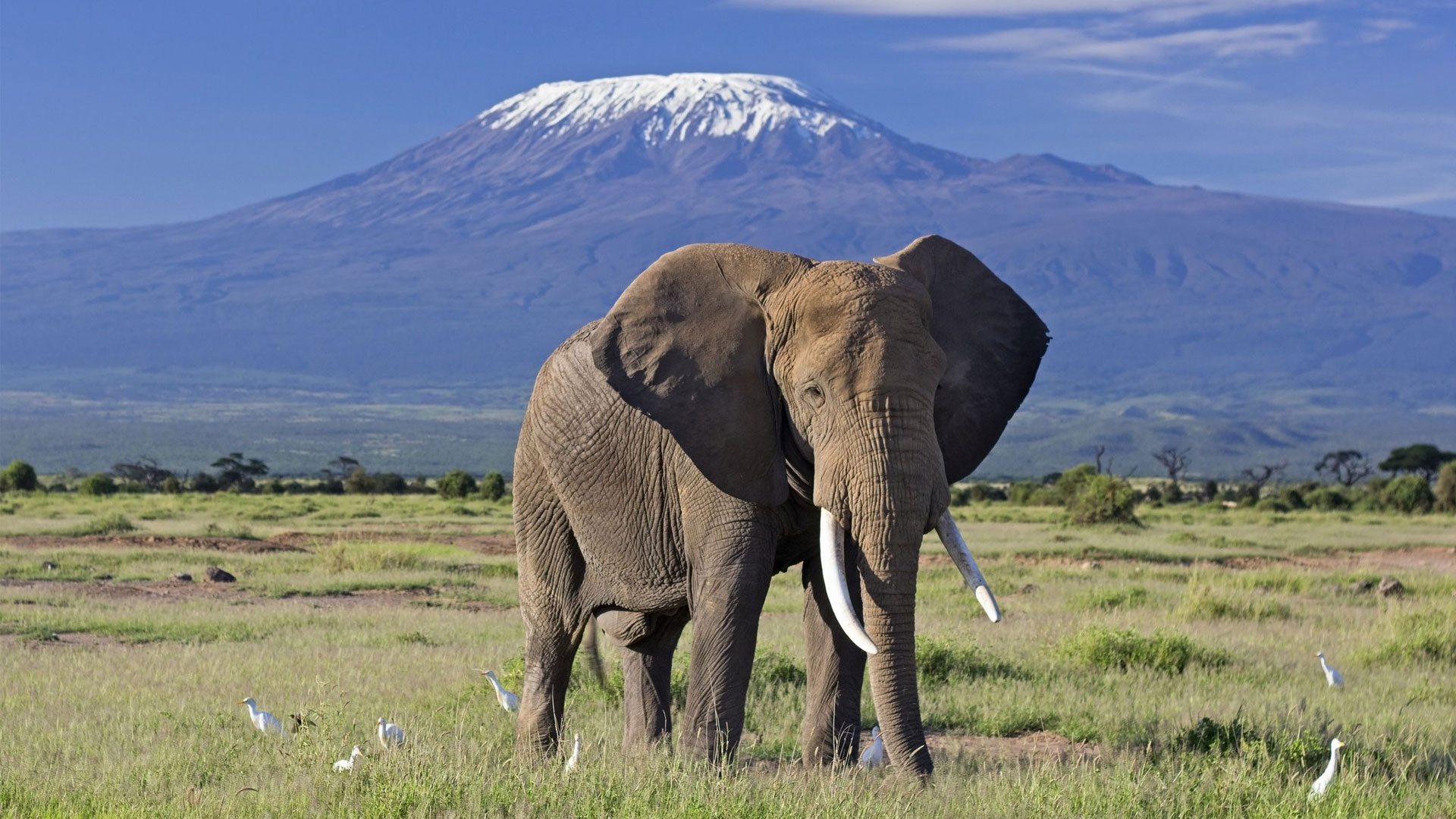
10. Its Glaciers Are Vanishing at Alarming Rates
Despite its icy cap, Kilimanjaro’s glaciers are retreating rapidly. Scientists estimate that over 85% of the ice cover has disappeared since 1912, largely due to climate change and shifting weather patterns.
If current trends continue, Kilimanjaro’s iconic snow cap could vanish entirely within the next few decades—adding urgency to the call for sustainable tourism and climate action.
Ascending Mount Kilimanjaro: A Journey Through Five Ecological Zones
Climbing Mount Kilimanjaro is akin to travelling from the equator to Antarctica in just a few days. As trekkers ascend the mountain, they pass through five distinct ecological zones, each with unique landscapes, climates, and life forms.
1. Cultivated & Bushland Zone
Elevation: 2,600′–6,000′ (800m–1,800m)
This lower zone features farmland and semi-arid scrubland. The weather is generally hot and dry throughout the year, with scattered vegetation and signs of human habitation.
2. Rainforest Zone
Elevation: 6,200′–9,200′ (1,800m–2,800m)
Dense tropical rainforest dominates this humid region. Frequent mist and rain support lush vegetation and a rich variety of wildlife. This is often the wettest and warmest part of the climb.
3. Heath & Moorland Zone
Elevation: 9,200′–13,200′ (2,800m–4,000m)
As elevation increases, the forest gives way to heath and moorland. Giant heathers, grasses, and unusual high-altitude plants like lobelias and groundsels define the landscape. The air is cooler, and the terrain becomes more rugged.
4. Alpine Desert Zone
Elevation: 13,200′–16,500′ (4,000m–5,000m)
This zone is dry, windy, and stark, with dramatic temperature fluctuations between day and night. The environment is nearly devoid of vegetation, and oxygen levels drop significantly.
5. Arctic Summit Zone
Elevation: 16,500′+ (5,000m+)
The summit region is frigid and barren, composed of rock, ice, and glaciers. Classified as “extreme altitude,” this area is inhospitable for prolonged human activity. Short visits are possible, but the human body cannot adapt to these conditions for long.
From Lush Tropics to Icy Desolation
With each step up the mountain, temperatures fall, air thins, and life becomes increasingly scarce. The climb up Kilimanjaro is not just a physical challenge—it’s a rare opportunity to traverse a vertical transect of Earth’s major biomes.
Ready to Conquer Africa’s Greatest Peak?
Climbing Mount Kilimanjaro is not just a hike—it’s a spiritual journey through Earth’s changing landscapes, cultures, and climates. Whether you’re chasing a personal milestone, supporting a cause, or simply yearning for adventure, Kilimanjaro delivers an unforgettable experience.
✨ Explore Kilimanjaro With Experts You Can Trust
Looking for guided treks, customized itineraries, and local insight?
📩 Contact: info@gie.co.tz
🌍 Visit: www.gie.co.tz
Tanzania Safari + Kilimanjaro Trekking = The Adventure of a Lifetime

